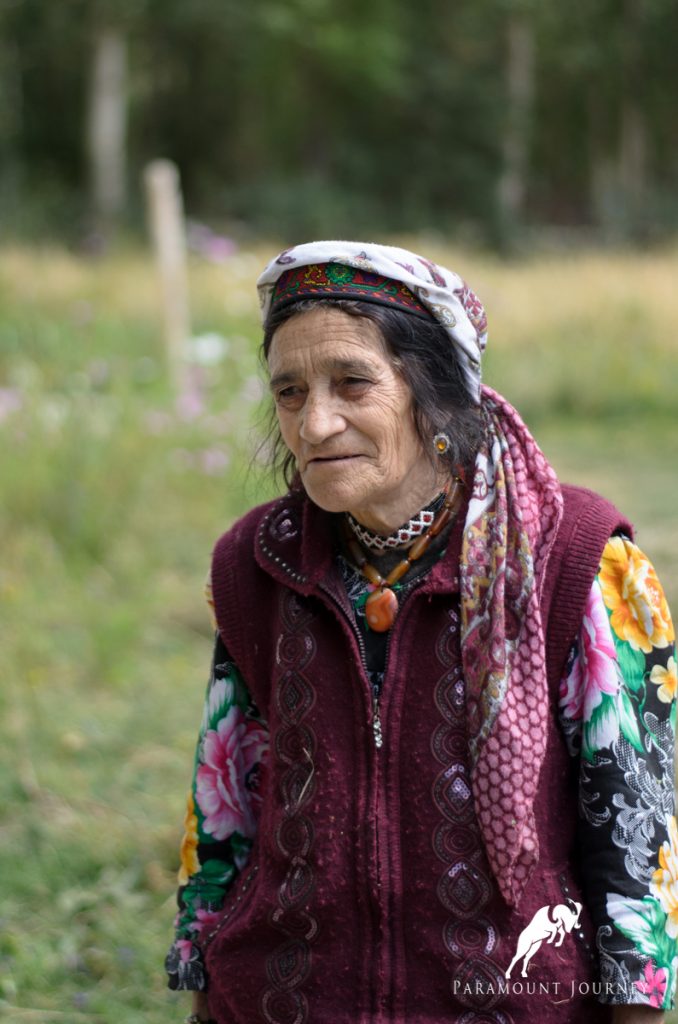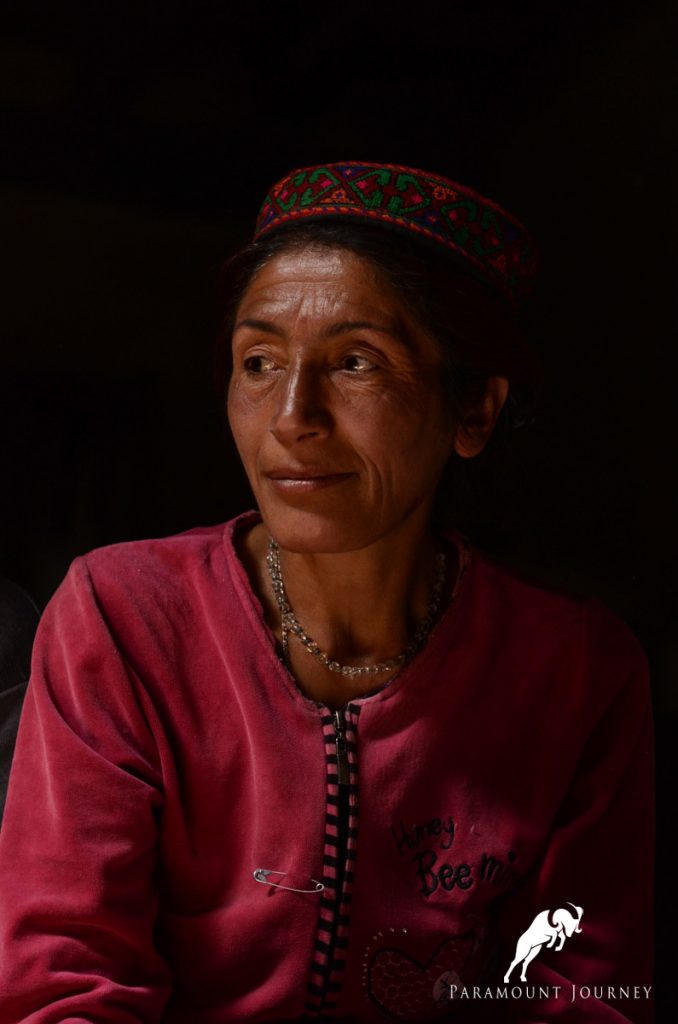The Pamiris: A Journey to the Roof of the World
Nestled in the breathtaking Pamir Mountains of Gorno-Badakhshan, eastern Tajikistan, lies a world unlike any other—a land of towering peaks, rich traditions, and warm-hearted people known as the Pamiris. For travelers seeking an authentic cultural experience amidst stunning natural beauty, the Pamirs offer an unforgettable journey.
A Unique Culture in the Heart of the Pamirs
The Pamiris, a distinct ethnic group, trace their roots to Persian origin and share cultural ties with the Wakhi people of Afghanistan, the Hunza Valley of Pakistan, and the Sarikoli in China’s Xinjiang. What sets them apart is their language, traditions, and deep connection to the mountains. The Pamiri languages belong to the Eastern Iranian language family, with several sub-dialects that are often not mutually intelligible. Travelers exploring the Pamirs will notice that Tajik serves as the common written and literary language, while Pamiri is predominantly spoken, keeping centuries-old oral traditions alive.


Spiritual Heritage: A Blend of Faiths
The Pamiris predominantly follow Ismaili Shia Islam, with the Aga Khan as their spiritual leader. Their faith, which emphasizes compassion, knowledge, and community service, coexists harmoniously with ancient traditions rooted in Zoroastrianism.
Visitors to the region can encounter sacred shrines adorned with Marco Polo sheep horns, holy springs, and trees draped with prayer ribbons—symbols of wishes and blessings. Some remote villages still practice fire rituals, burning aromatic herbs and animal fat in ceremonies that reflect the region’s Zoroastrian past. These rituals, rarely seen elsewhere, offer a glimpse into the enduring spiritual fabric of the Pamirs.
Distinctive Styles: Pamiri Dress and Identity
One of the most striking features of Pamiri culture is their traditional attire. Each community has its own unique style, and the intricate designs of hats, in particular, can identify a person’s village. Whether you’re in the Wakhan Valley or Shugnan, these regional differences in dress tell a story of cultural pride and individuality.

Pamiri Hospitality: Warm Welcomes in Ancient Homes
For travelers venturing into Gorno-Badakhshan, experiencing Pamiri hospitality is a highlight of the journey. Pamiri homes, known as huneiuni chid, are a marvel of ancient architecture, blending functionality with deep symbolism. Their design dates back over 2,500 years and reflects Zoroastrian and Islamic influences.
The home’s roof, composed of four concentric squares, represents the four elements—earth, water, air, and fire. Five wooden pillars support the structure, each symbolizing significant spiritual figures in Ismaili Islam. Sacred juniper wood is often used for one pillar, believed to protect the home and its inhabitants.
Inside, red and white decorations symbolize the sun and light, bringing auspicious energy into the household. Hosts treat visitors as honored guests, warmly welcoming them with tea, fresh bread, jam, yogurt, and traditional snacks. In the Pamirs, a guest is regarded as a blessing, and this ancient tradition of hospitality leaves a lasting impression.

Exploring the Pamirs: A Travel Experience Like No Other
The Pamirs are a paradise for adventure seekers, photographers, and cultural enthusiasts. Travelers can trek through stunning landscapes, from the serene shores of alpine lakes to the towering peaks of the Pamir Mountains. Along the way, they’ll encounter terraced fields of barley, ancient shrines, and welcoming villages.
A visit to the Pamirs isn’t just a journey through breathtaking scenery—it’s a step back in time to a place where life moves at a different pace, and where people deeply respect traditions.
Plan Your Journey with Paramount Journey
At Paramount Journey, we specialize in crafting personalized travel experiences that showcase the best of the Pamirs. From trekking expeditions to cultural tours, we’ll guide you through this extraordinary region, ensuring an unforgettable adventure.
Whether you’re marveling at the architectural wonders of Pamiri homes, enjoying sunrise over mountain lakes, or meeting the locals in a remote mountain village, the Pamirs promise a journey like no other.
Start your adventure today and discover the people, traditions, and landscapes that make the Pamirs the “Roof of the World.”



